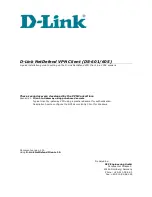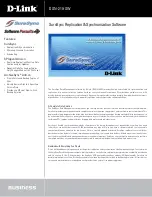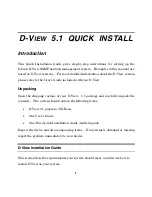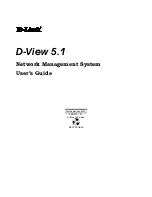
Chapter 14
Definitions
194
Description
Comments for the service defined. It is strongly recommended describing each definition,
especially with non-standard services so that there will be minimum confusion when
referring to the service at a later time.
Protocol
The communication protocol used by the service.
Most standard services uses the
TCP
or the
UDP
protocol, or both when they can be
defined as one service with the
TCP/UDP
option. Other options available are
ICMP
and
other
.
The
other
options allows protocol specification by the number in the IP packet header.
Any protocol carried in IP (e.g. GRE — protocol number is
47
) can be defined this way.
Figure 14.7
Setting a protocol in service definition
Protocol inspector
WinRoute
protocol inspector (see below) that will be used for this service.
Note:
Each inspector should be used for the appropriate service only. Functionality of the
service might be affected by using an inappropriate inspector.
Source Port and Destination Port
If the TCP or UDP communication protocol is used, the service is defined with its port
number. In case of standard client-server types, a server is listening for connections on
a particular port (the number relates to the service), whereas clients do not know their
port in advance (port are assigned to clients during connection attempts). This means
that source ports are usually not specified, while destination ports are usually known in
case of standard services.
Note:
Specification of the source port may be important, for example during the definition
of communication filter rules. For details, refer to chapter
.
Source and destination ports can be specified as:
Figure 14.8
Service definition — source and destination port setting
Summary of Contents for Firewall6
Page 1: ...Kerio WinRoute Firewall 6 Administrator s Guide Kerio Technologies...
Page 129: ...8 5 HTTP cache 129...
Page 404: ...404...
















































